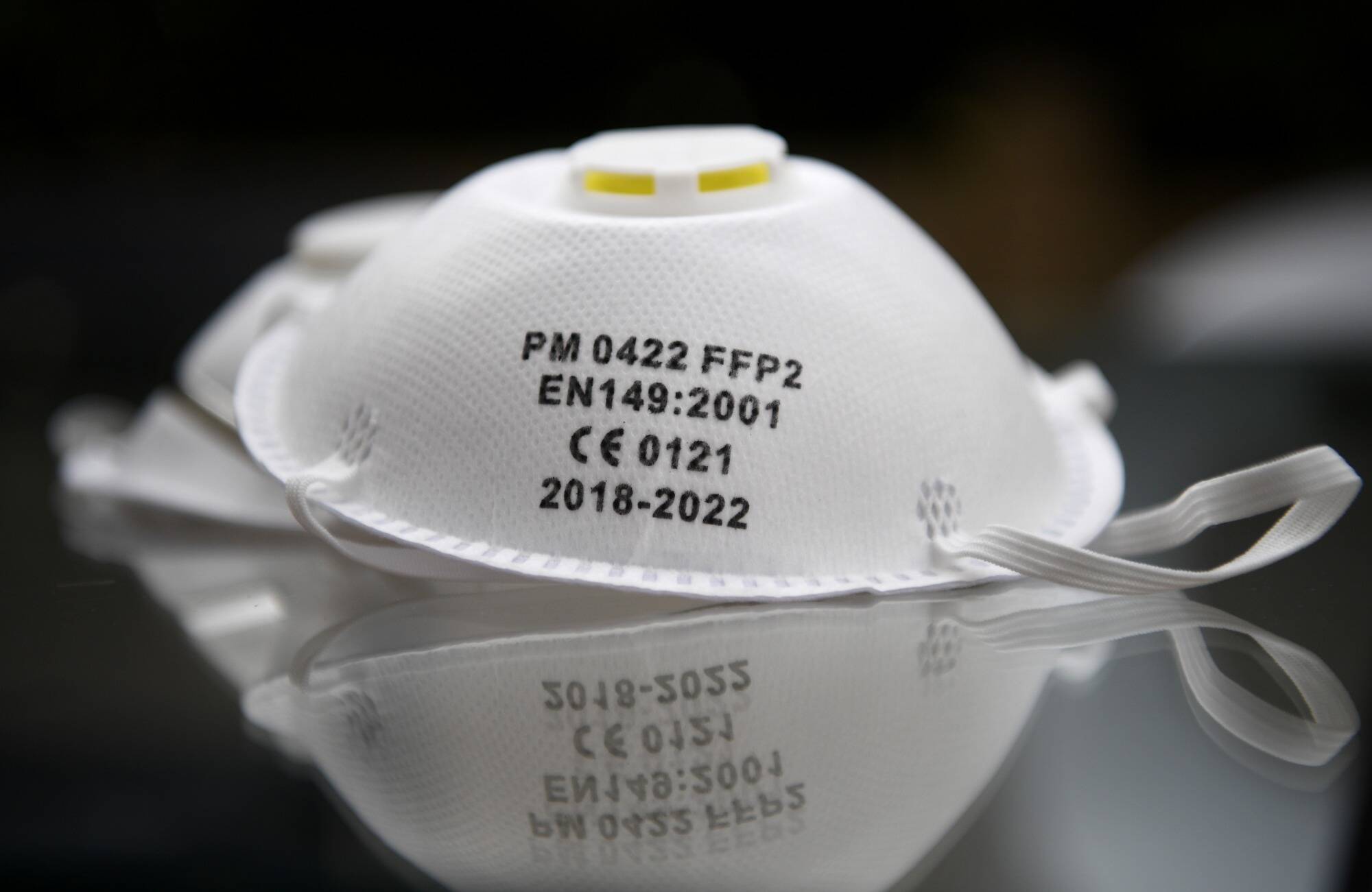Five people may have “caught” the disease after treatment

Alzheimer’s disease results from the aggregation of two molecules: beta-amyloid protein in the brain, where they form plaques, and tau protein, in an abnormal form, inside neurons.
If the origin of the phenomenon is still unclear, certain elements such as heredity or age are widely highlighted.
What if receiving certain treatments years ago is another risk factor?
In an article published in the journal Nature Medicine, researchers from University College London describe five cases of patients between the ages of 38 and 55 who contracted the disease when they had no chance of developing the disease.
Suspected growth hormone treatment
Typically, they were treated in childhood with a form of human growth hormone extracted from the pituitary gland of deceased individuals (c–hGH). “This was used to treat at least 1,848 short people in the UK between 1959 and 1985,” the authors explain.
About 2,000 people affected
“It was withdrawn in 1985 when it was recognized that some batches were contaminated with prions (infectious proteins) that cause Creutzfeldt-Jakob disease in some people. »
Additionally, the same researchers previously reported that some Creutzfeldt-Jakob disease patients also had premature deposits of beta-amyloid protein in their brains after treatment with growth hormones.
“It is important to emphasize that the circumstances under which we believe these people have tragically developed Alzheimer’s disease are very unusual and are related to very specific medical treatments, which have long been abandoned,” the authors said. give assurance “There is no risk of spreading the disease between individuals or during routine medical care. »




